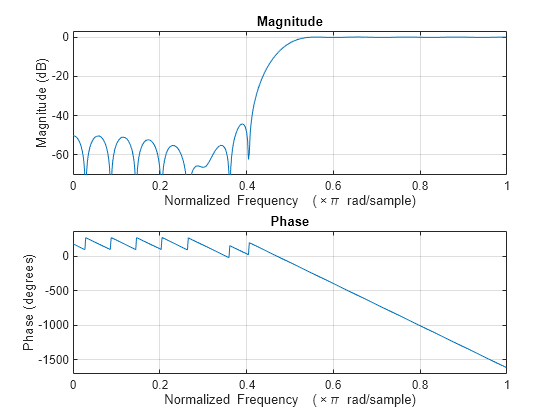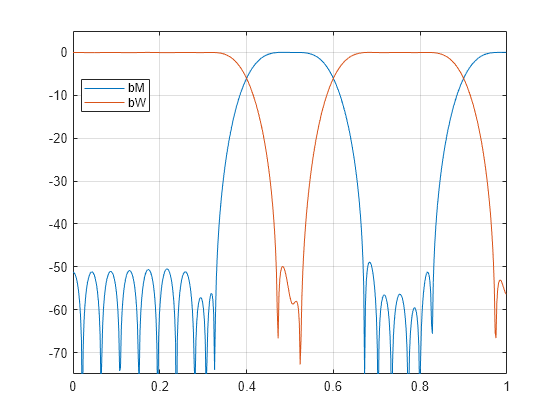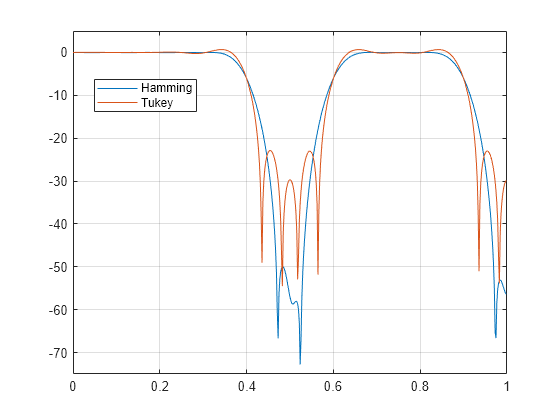fir1
基于窗函数的 FIR 滤波器设计
说明
示例
输入参数
输出参量
算法
fir1 使用最小二乘逼近计算滤波器系数,然后通过 window 对冲激响应进行平滑处理。
参考
[1] Digital Signal Processing Committee of the IEEE Acoustics, Speech, and Signal Processing Society, eds. Programs for Digital Signal Processing. New York: IEEE Press, 1979, Algorithm 5.2.






